With the ever-increasing development in Florida, especially in South Florida, we are once again reminded that we live in close proximity to a number of native, exotic, invasive, and at times dangerous wild animals.
Tragically, and all too recently, in St. Lucie County an 85-year-old woman died while trying to rescue her dog from an alligator. Whether her community association will be held liable will largely depend upon what the association knew and when they knew it regarding the existence of alligators within the association’s property.
Simply put, if there is a foreseeable zone of risk, then the association’s members should be made aware of it. Phrased differently, where the association, acting by and through its board of directors, is aware or should reasonably be aware of a dangerous animal within association property, then there is a duty to act. Such action should minimally include notice to the entire community, and for those situations where reoccurrence is a likely possibility, then posting signs could be warranted, too.
What can and should happen when your community association is confronted with that unexpected wild animal that causes a disturbance or, even worse, the wild animal has become a source of imminent danger to the members of the association or their guests? Guidance is presented from Hanrahan v. Hometown America, LLC, 90 S.3d 915 (Fla. 4th DCA 2012), decided on June 20, 2012, by Florida’s Fourth District Court of Appeal. In this case, the personal representative of a deceased resident, Ms. Hanrahan (Hanrahan), sought damages for the negligent death of Mr. Hanrahan, who died from fire-ant bites sustained on the common areas of Pinelake Gardens and Estates, a mobile home park (Pinelake Gardens).
By way of background, Mr. Hanrahan was walking his dog in the common area of Pinelake Gardens known as the “Preserve.” Mr. Hanrahan claimed that he brushed up against a bush, at which point the fire ants gained access to his body. Mr. Hanrahan attempted to wash the fire ants off of his body but collapsed on the shower floor. He died two days later. During the trial, the Pinelake Gardens community manager testified that she was not aware of any resident in Pinelake Gardens being exposed to or attacked by fire ants on the premises, nor was she aware of any fire ants in the area of Pinelake Gardens where the incident allegedly occurred. She testified that Pinelake Gardens regularly contracted with an exterminator to spray insecticide, which included killing ants (not specifically fire ants). She further testified that maintenance employees would treat observed ant mounds with granules and would contact the exterminator if there was anything out of the ordinary observed.
The trial court ruled in favor of Pinelake Gardens. The trial court determined that Pinelake Gardens was not on sufficient notice of a fire-ant infestation at the area of the alleged incident, and therefore did not have a duty to Mr. Hanrahan to guard against the fire ants or otherwise take action in this situation. As a result, Hanrahan appealed. On appeal, Hanrahan claimed that the trial court improperly determined whether Pinelake Gardens could foresee the specific injury that actually occurred, instead of, as Hanrahan claimed, whether Pinelake Gardens’ conduct created a “foreseeable zone of risk.”
The general rule in regard to wild animals in Florida, as explained by the appellate court citing another case, Wamser v. City of St. Petersburg, 339 So.2d 244 (Fla. 2d DCA 1976), is that
…the law does not require the owner or possessor of land to anticipate the presence of, or guard an invitee against harm from, animals “ferare naturae” (which is a common law doctrine where wild animals are considered owned by no one specifically but by the people generally) unless such owner or possessor harbors such animals or has introduced wild animals to the premises which are not indigenous to the locality.
The Wamser case involved a shark attack, in which the city did not have any knowledge of prior shark attacks and therefore did not have any foreseeability of the possibility of shark attacks nor a duty to guard against shark attacks. As in Wamser, the appellate court in Hanrahan v. Hometown America, LLC, ruled that there was no evidence in the record to show Pinelake Gardens had any knowledge of a “ferae naturae” attack in the alleged area. The appellate court held that the presence of the fire ants was not caused by any act of Pinelake Gardens and that Pinelake Gardens did not harbor or introduce them. Furthermore, Pinelake Gardens regularly attempted, by maintenance staff and exterminators, to treat the ant mounds and other manifestations of fire ants. To add a further caveat to its ruling, the appellate court quoted from another fire-ant case, State of Texas, Nicholson v. Smith, 986 S.W,2d 54 (Tex. App. 1999), in which it was stated:
…we do not say a landowner can never be negligent with regard to the indigenous wild animals found on its property. A premises owner could be negligent with regard to wild animals found in artificial structures or places where they are not normally found; that is, stores, hotels, apartment houses, or billboards, if the landowner knows or should know of the unreasonable risk of harm posed by an animal on its premises and cannot expect patrons to realize the danger or guard against it. [emphasis added]
Thus, in the end, the appellate court ruled that there was no evidence that Pinelake Gardens knew or should have known of the unreasonable risk of harm posed by the fire ants. Even though the Hanrahan case concerned fire ants, the case could be applied by analogy to any number of wild animals that you could encounter in your community association, including, without limitation, alligators.
When it comes to injuries caused by wild animals, the board of directors should examine whether there is a foreseeable zone of danger. The question is not whether an injury occurred (as strict liability does not exist), but rather was it foreseeable that an injury could occur? If so, then the board has a duty to act. Remember, the basic rule is that if the association is aware of a dangerous animal or if it is foreseeable that a dangerous wild animal could be within the lands governed by the association, then the association has a duty to act. Importantly, please be certain to discuss the situation with the association’s legal counsel for proper guidance.

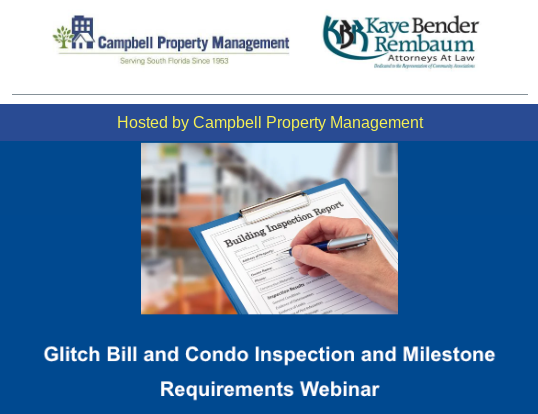
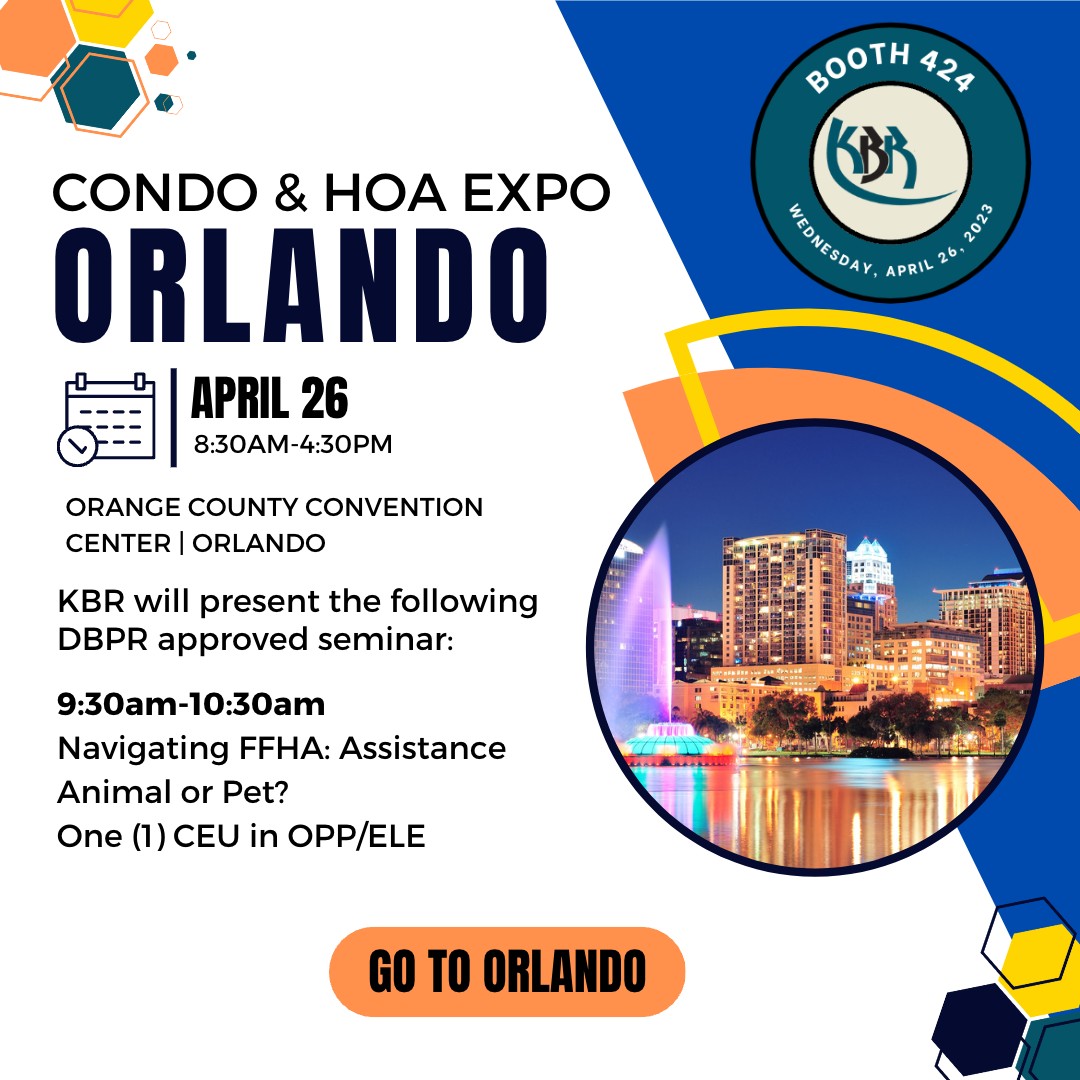
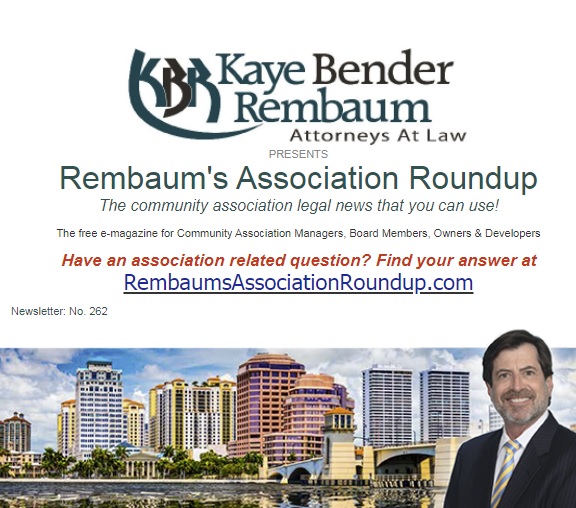
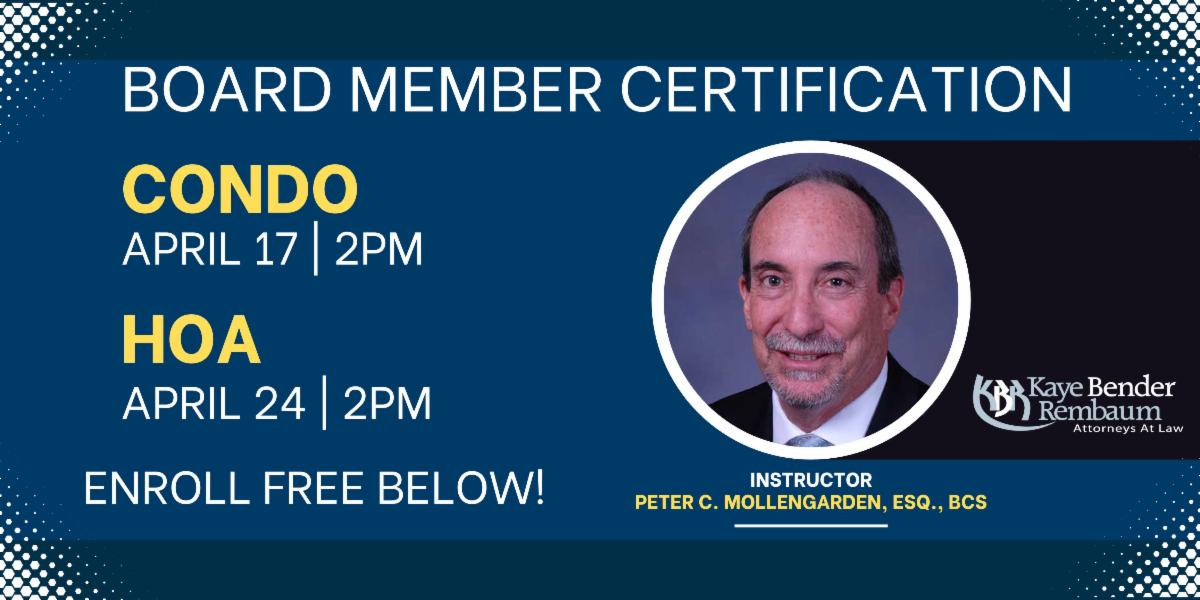

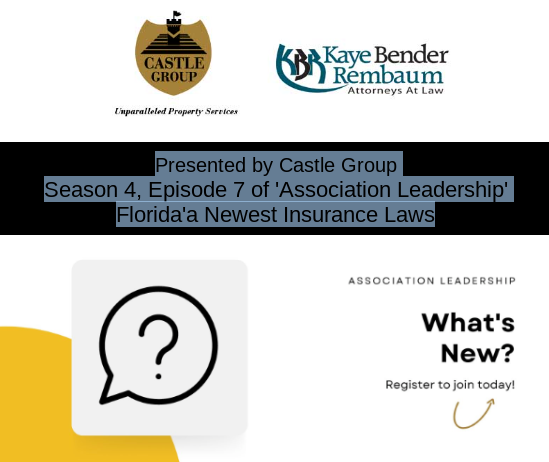




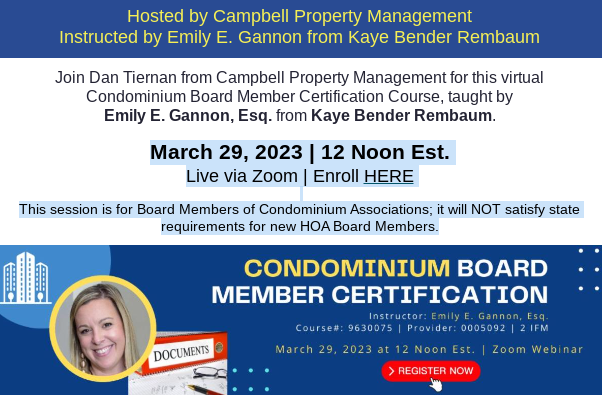







 While gasoline powered vehicles are still dominant on Florida’s roads, the ever-growing presence of electric vehicles cannot be ignored. The number of electric vehicles on our highways and streets continue to climb as they become more and more affordable. As consumers continue to embrace a greener lifestyle, Florida’s lawmakers have paved the way for condominium unit owners’ need to have access to electric vehicle charging stations. Effective July 1, 2018, new legislation, section 718.113(8) of the Florida Statutes, became effective which facilitates a unit owner’s ability to install and use an electric vehicle charging station within the unit owner’s limited common element parking space.
While gasoline powered vehicles are still dominant on Florida’s roads, the ever-growing presence of electric vehicles cannot be ignored. The number of electric vehicles on our highways and streets continue to climb as they become more and more affordable. As consumers continue to embrace a greener lifestyle, Florida’s lawmakers have paved the way for condominium unit owners’ need to have access to electric vehicle charging stations. Effective July 1, 2018, new legislation, section 718.113(8) of the Florida Statutes, became effective which facilitates a unit owner’s ability to install and use an electric vehicle charging station within the unit owner’s limited common element parking space.